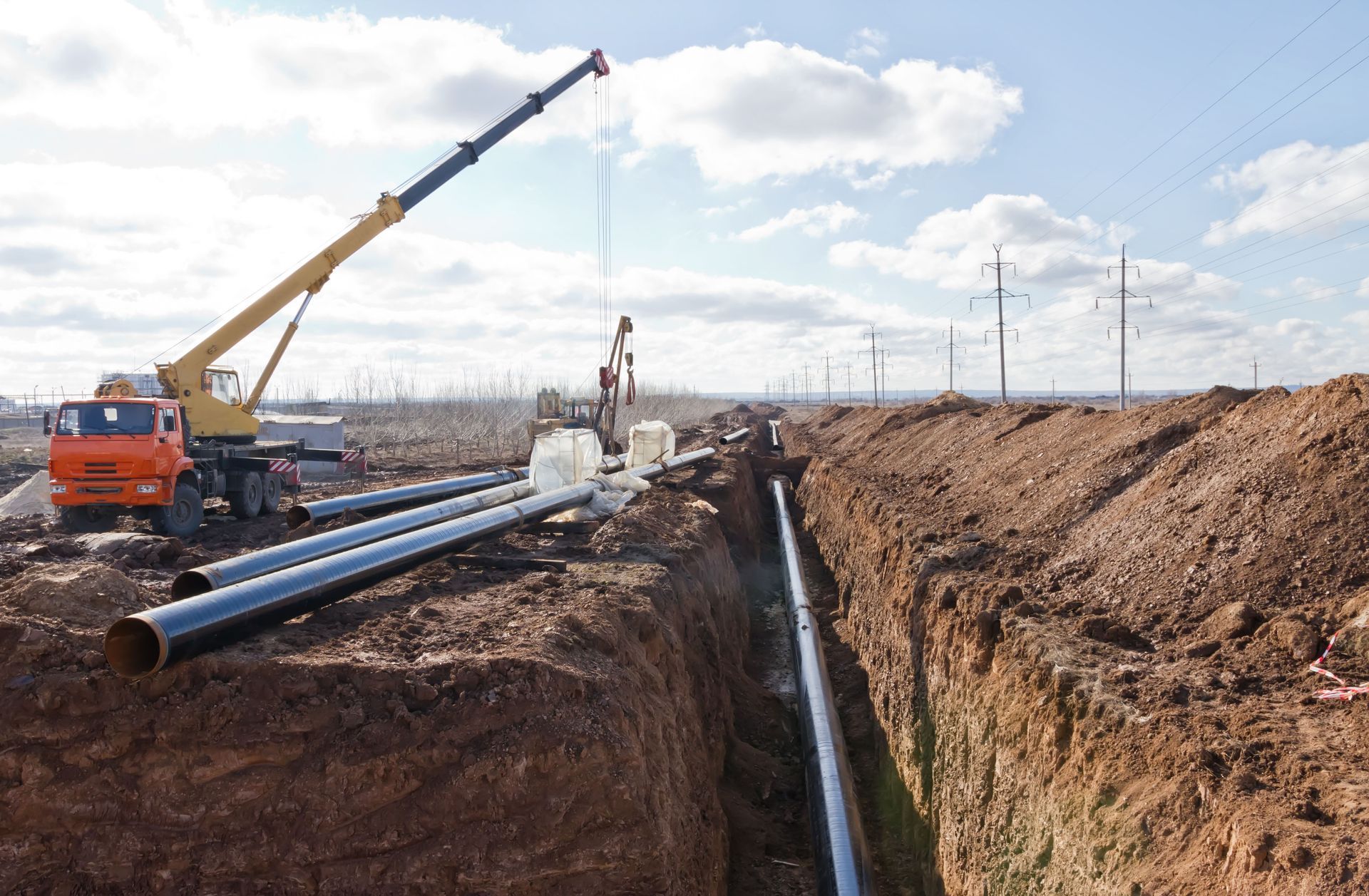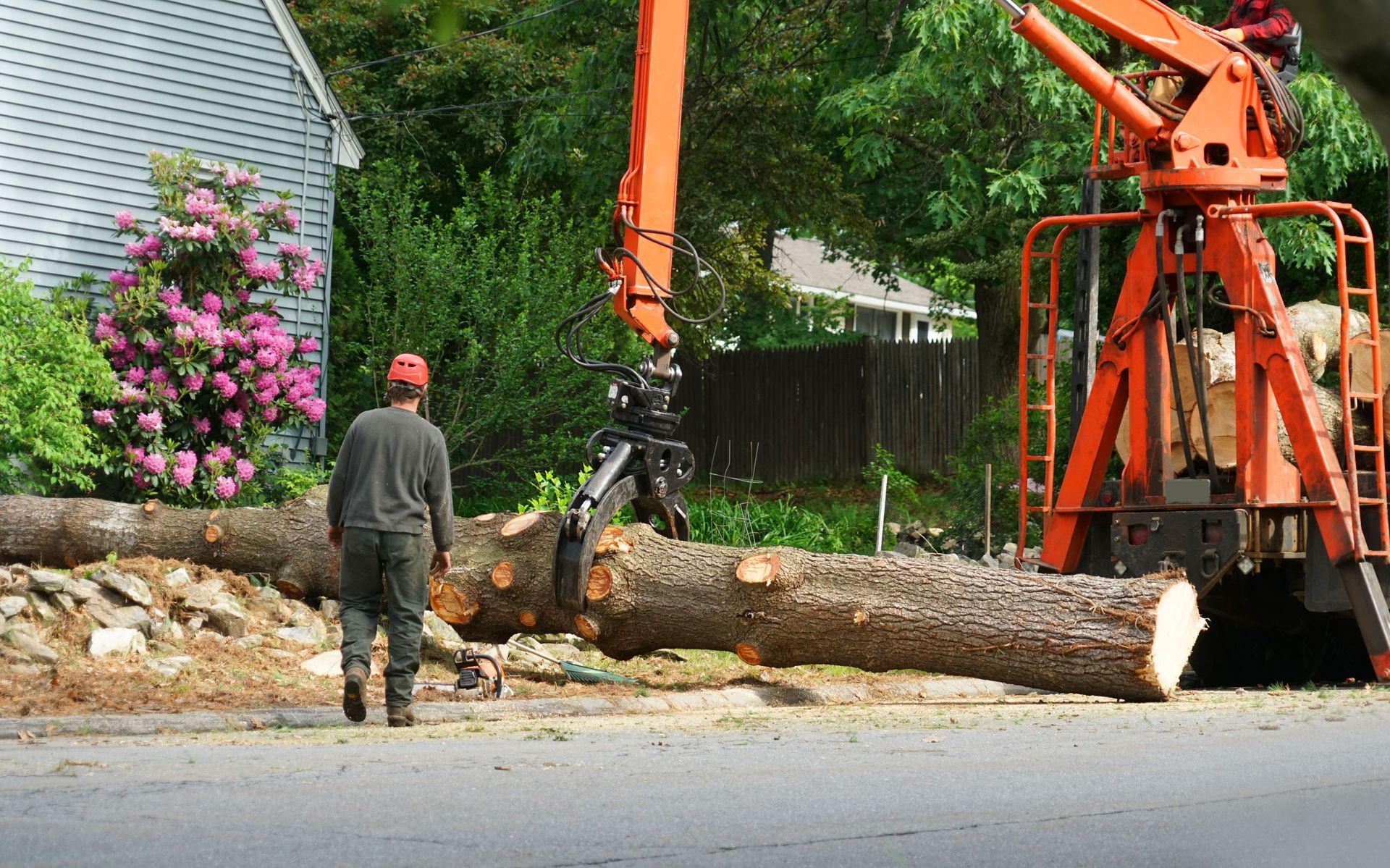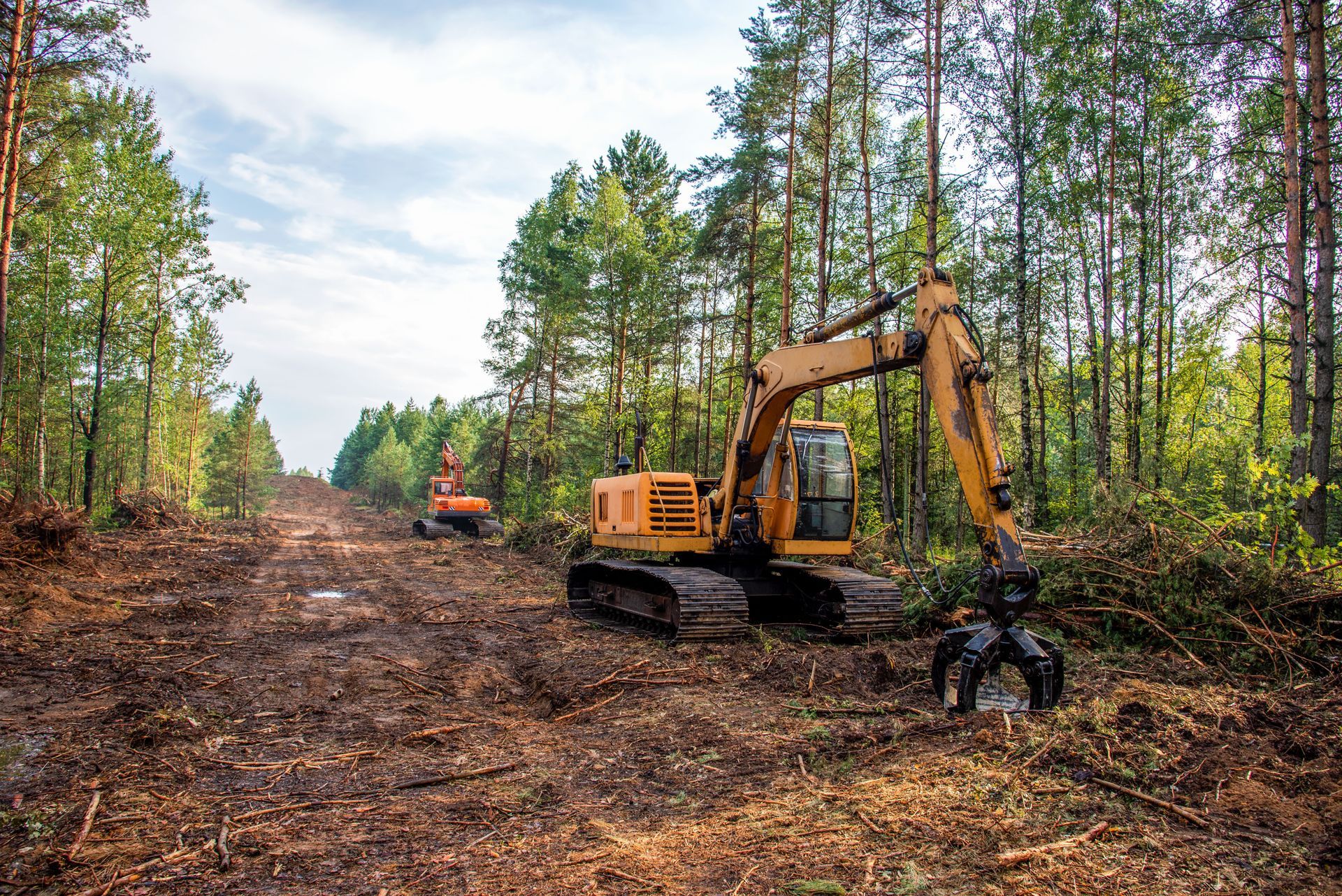How Is Transportation and Setup Handled for Large Cranes?
Highlights:
- Transporting large cranes involves route surveys, permitting, and coordination with state and local authorities.
- Setup requires precision assembly, safety inspections, and certified operators to ensure stability and compliance.
- Heavy-haul trucks, escort vehicles, and modular trailers are essential for safe and efficient crane delivery.
- Weather conditions, ground stability, and terrain play a major role in determining setup logistics.
- Russ Erlinger Crane Service provides expert crane transport and setup solutions in Springfield, IL.
Understanding Crane Transportation Logistics
Transporting large cranes is a complex operation requiring specialized vehicles, meticulous route planning, and strict compliance with size-and-weight regulations. Because cranes are too large and heavy to simply drive long distances, they’re typically disassembled and loaded onto flatbed or modular trailers for transport. Moving such oversized loads requires special permits that vary by state. According to the Federal Highway Administration (FHWA), commercial vehicles must adhere to federal weight and size limits—such as a gross vehicle weight of 80,000 pounds, a single-axle maximum of 20,000 pounds, and a tandem-axle maximum of 34,000 pounds on the Interstate System—and must comply with the “bridge formula” and routing requirements to protect bridges, roadways, and motorists.
Before transport begins, a detailed route survey is conducted to identify obstacles such as low bridges, sharp turns, or narrow roads. These surveys ensure that the crane components can pass safely through each segment of the route. Coordination between local authorities and transport companies is essential to avoid disruptions. Drivers also need to follow strict time schedules, as oversized loads often have restricted travel hours. In Springfield, IL, this coordination ensures cranes arrive safely without affecting local traffic or infrastructure.
Specialized transport trailers, including multi-axle and hydraulic modular platforms, are used to balance the crane’s weight and reduce stress on roadways. These vehicles distribute loads evenly to prevent pavement damage or tipping. Pilot cars or escort vehicles accompany the convoy to maintain safety and communicate with the driver about upcoming obstacles. Transportation teams must also follow strict federal and state safety regulations, securing all equipment with approved tie-down methods and adhering to designated weight limits to prevent shifting during transit.
FAQ
Why can’t large cranes be driven directly to the job site?
Cranes exceed road weight and height limits, making them unsafe and illegal to drive long distances. They must be disassembled and hauled using specialized equipment.
Who handles transportation permits for cranes?
Transport companies or crane rental providers typically manage permits and route planning in compliance with federal and state oversize load regulations.
How long does it take to transport a large crane?
Depending on the distance, permits, and route complexity, transport may take several days, including loading and unloading time.
Preparation and Site Planning
Before a crane can be set up on-site, preparation begins with a site inspection and engineering review. This phase determines the optimal position for the crane based on terrain, space constraints, and lifting needs. Site planners evaluate soil stability to prevent settling or tipping. According to the International Society for Soil Mechanics and Geotechnical Engineering, soft or uneven ground often compromises crane stability, so contractors typically install crane mats, steel plates, or engineered working platforms beneath outriggers or tracks to distribute load and improve bearing capacity.
Crane assembly typically involves multiple technicians and smaller support cranes. Each section—boom, counterweights, and cab—is reassembled carefully under supervision. The process requires mechanical precision to ensure alignment and safe operation. Components are often color-coded or labeled for quick identification, reducing setup time and potential errors. For larger cranes, assembly may take a full day or more depending on weather conditions and equipment type.
Safety remains a top priority throughout setup. Crews perform pre-lift inspections and verify all bolts, pins, and hydraulic systems are properly secured. Load charts are reviewed to confirm lifting capacity, and environmental factors like wind and rain are monitored closely. In Springfield, IL, professionals such as those at Russ Erlinger Crane Service provide complete transport-to-setup solutions, ensuring each project meets OSHA and manufacturer safety standards before any lifting begins.
FAQ
What equipment is needed to set up a large crane?
Setup typically requires smaller assist cranes, rigging tools, lifting chains, counterweights, and specialized hydraulic systems for assembly.
How do workers stay safe during crane setup?
Workers use fall protection, proper signaling, and checklists while following OSHA standards for assembly and load testing.
Can setup occur in bad weather?
Severe weather like high winds or heavy rain delays setup because it can affect balance and visibility, compromising safety.
Technical Aspects of Crane Setup
Once the crane is positioned, assembly crews begin erecting the mast, jib, and counterweights. This process often requires detailed measurements to maintain proper balance. A small mobile crane or hydraulic jack assists with lifting components into place. Alignment and calibration are crucial for accurate lifting performance. According to the American Society of Civil Engineers, improper assembly—including incorrect counterweight placement—is one of the leading root causes of crane-related failures and accidents.
Hydraulic systems and electronic controls are then connected and tested. Technicians ensure smooth motion, precise boom extension, and consistent load response. The control cabin is tested for proper visibility, instrumentation accuracy, and communication systems. Any malfunction or hydraulic leak must be addressed immediately before operations begin. Certified crane inspectors often oversee these tests to confirm compliance with local safety and load capacity regulations.
After setup, the crane undergoes a trial lift to verify stability and balance. This step ensures the crane can handle its rated load without shifting or structural strain. Ground crew members monitor the crane’s response during movement, communicating through radio or hand signals. Once the test lift is successful, the crane is cleared for active service. Regular maintenance and inspection schedules are also established at this stage to sustain safe operations throughout the project.
FAQ
How long does crane setup take?
Setup time depends on the crane’s size and site complexity. Large crawler cranes may take one to two days to fully assemble and test.
Who oversees the setup process?
Certified crane technicians, riggers, and safety supervisors manage assembly and testing to ensure compliance with OSHA and manufacturer guidelines.
Is setup different for mobile and tower cranes?
Yes. Mobile cranes require less setup because they are self-contained, while tower cranes need on-site assembly with sections stacked and secured.
Ensuring Safety and Compliance
Crane setup and transport are heavily regulated due to the potential risks involved. Every step must comply with federal, state, and manufacturer standards. Inspections before and after setup confirm that all components function as designed. Operators must also hold valid certifications demonstrating their understanding of load charts, rigging techniques, and emergency procedures. Failure to meet these standards can result in accidents, fines, or costly project delays.
Documentation is an essential part of compliance. Crane operators and supervisors maintain records of inspections, load tests, and maintenance activities. These logs provide accountability and can be reviewed during audits or investigations. Communication between the crane operator, ground crew, and site manager ensures coordinated lifting operations. In cities like Springfield, IL, these measures help maintain safe job sites and efficient project timelines, protecting both workers and property.
Ultimately, transporting and setting up large cranes is a task that combines engineering precision, logistical expertise, and strict safety discipline. From securing transport permits to conducting load tests, every detail matters. Companies such as Russ Erlinger Crane Service exemplify the professionalism required to manage these operations successfully. Their teams coordinate each phase—from planning routes to performing assembly—to deliver reliable crane solutions across complex construction projects.





Share On: